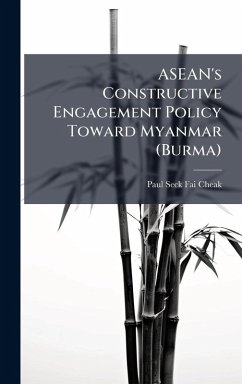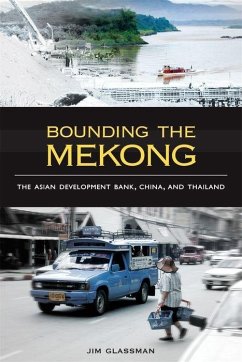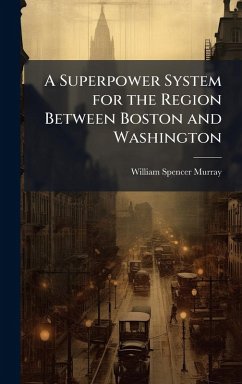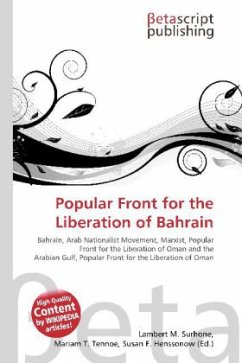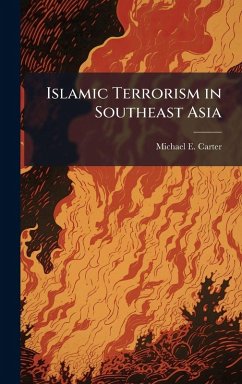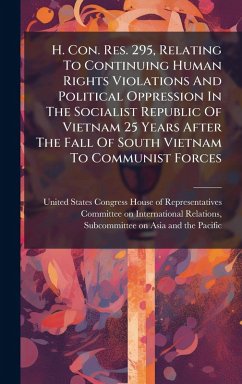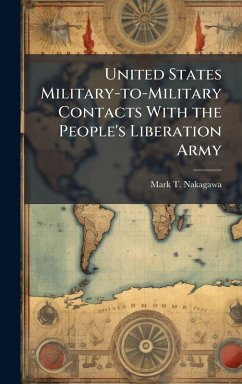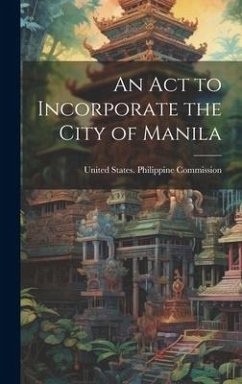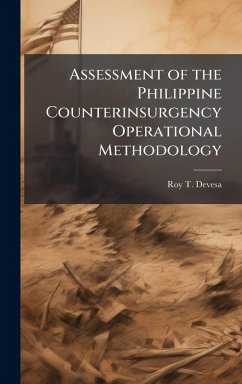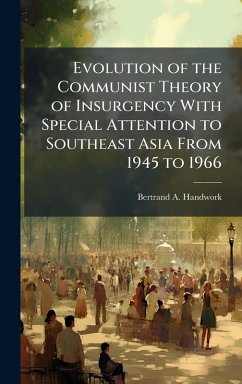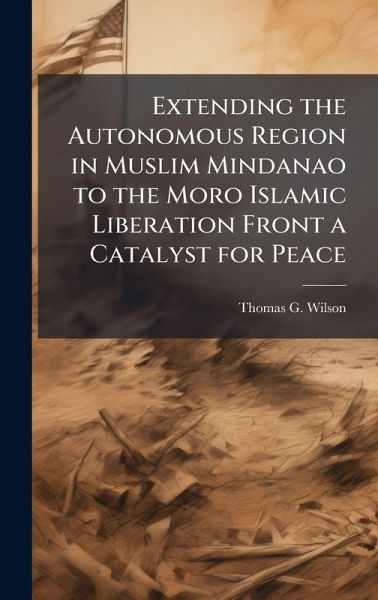
Extending the Autonomous Region in Muslim Mindanao to the Moro Islamic Liberation Front a Catalyst for Peace
Versandkostenfrei!
Versandfertig in über 4 Wochen
28,99 €
inkl. MwSt.
Weitere Ausgaben:

PAYBACK Punkte
14 °P sammeln!
The purpose of this monograph is to demonstrate the conflict between the Moro Islamic Liberation Front and the Government of the Philippines is territorial and not religious in nature. To understand this conflict the past four-hundred years from the spread of Islam through the Sulu Islands and Mindanao, Spanish occupation, American occupation, and the Government of the Philippines rule from 1946 must be understood to put this complex adaptive problem in context. Extending the autonomous region in Muslim Mindanao serves a catalyst for peace in the region. The Memorandum of Agreement for Ancestr...
The purpose of this monograph is to demonstrate the conflict between the Moro Islamic Liberation Front and the Government of the Philippines is territorial and not religious in nature. To understand this conflict the past four-hundred years from the spread of Islam through the Sulu Islands and Mindanao, Spanish occupation, American occupation, and the Government of the Philippines rule from 1946 must be understood to put this complex adaptive problem in context. Extending the autonomous region in Muslim Mindanao serves a catalyst for peace in the region. The Memorandum of Agreement for Ancestral Domain (MOA-AD) deals with territorial rights. The MILF wants the territory their ancestors used to own before being pushed out by Christian migration to the island of Mindanao. An extension of the ARMM would give more land, governance, socio-economic development, and peace to the Muslims and Christians of the Southern Philippines. MILF and the GRP are interdependent. The MILF needs to break linkages to terrorism, make amends with the MNLF, and come to peace with the GRP. The GRP is dependent upon the MILF for any possibility of peace in the region. This work has been selected by scholars as being culturally important, and is part of the knowledge base of civilization as we know it. This work was reproduced from the original artifact, and remains as true to the original work as possible. Therefore, you will see the original copyright references, library stamps (as most of these works have been housed in our most important libraries around the world), and other notations in the work. This work is in the public domain in the United States of America, and possibly other nations. Within the United States, you may freely copy and distribute this work, as no entity (individual or corporate) has a copyright on the body of the work. As a reproduction of a historical artifact, this work may contain missing or blurred pages, poor pictures, errant marks, etc. Scholars believe, and we concur, that this work is important enough to be preserved, reproduced, and made generally available to the public. We appreciate your support of the preservation process, and thank you for being an important part of keeping this knowledge alive and relevant.



